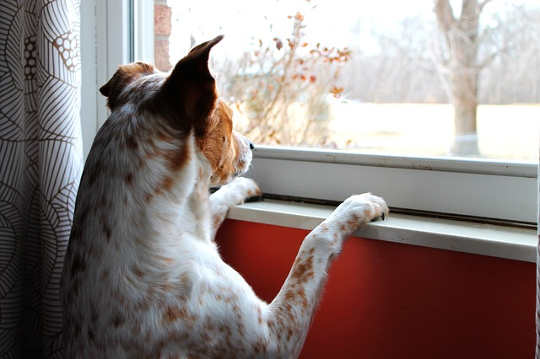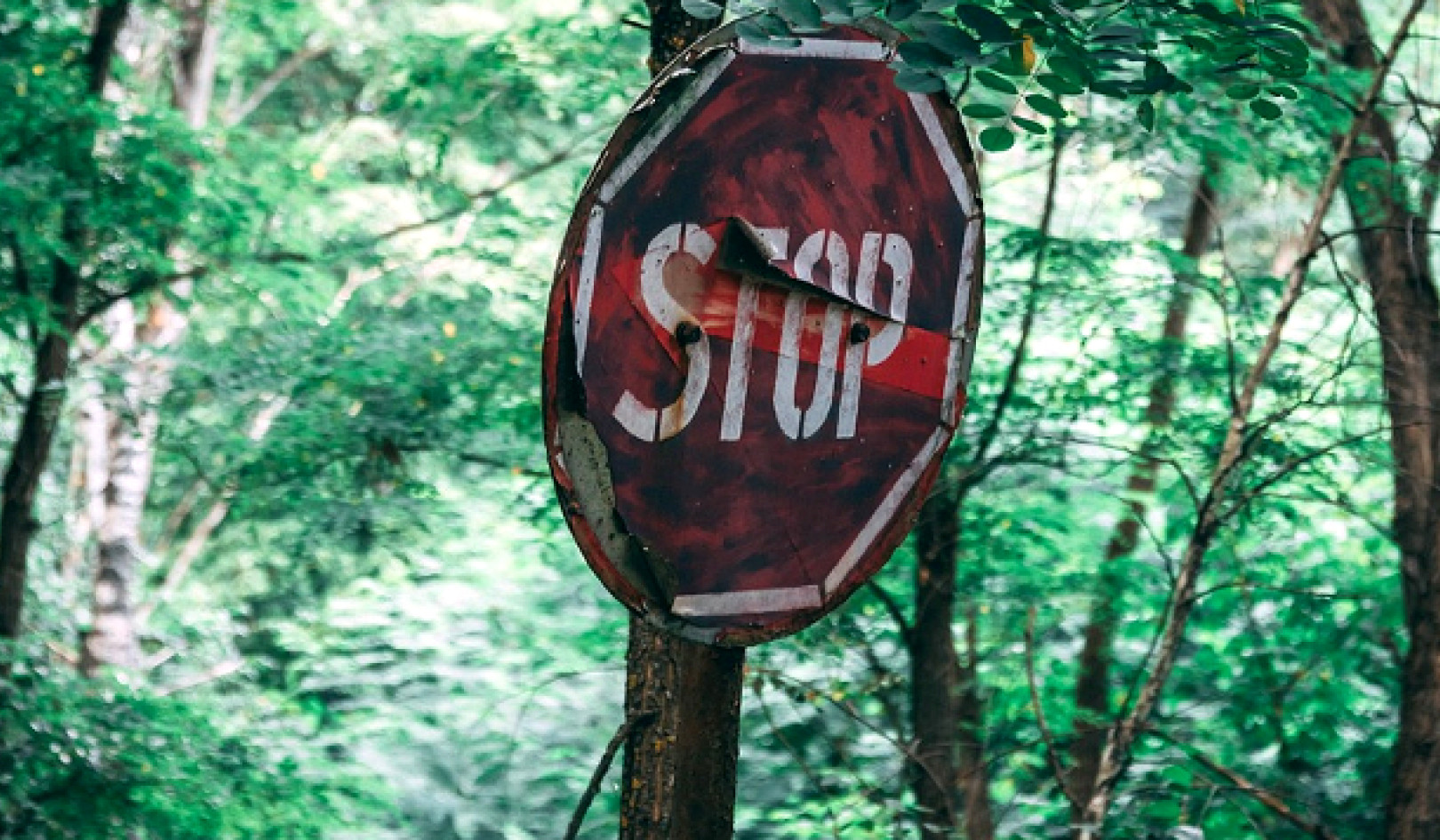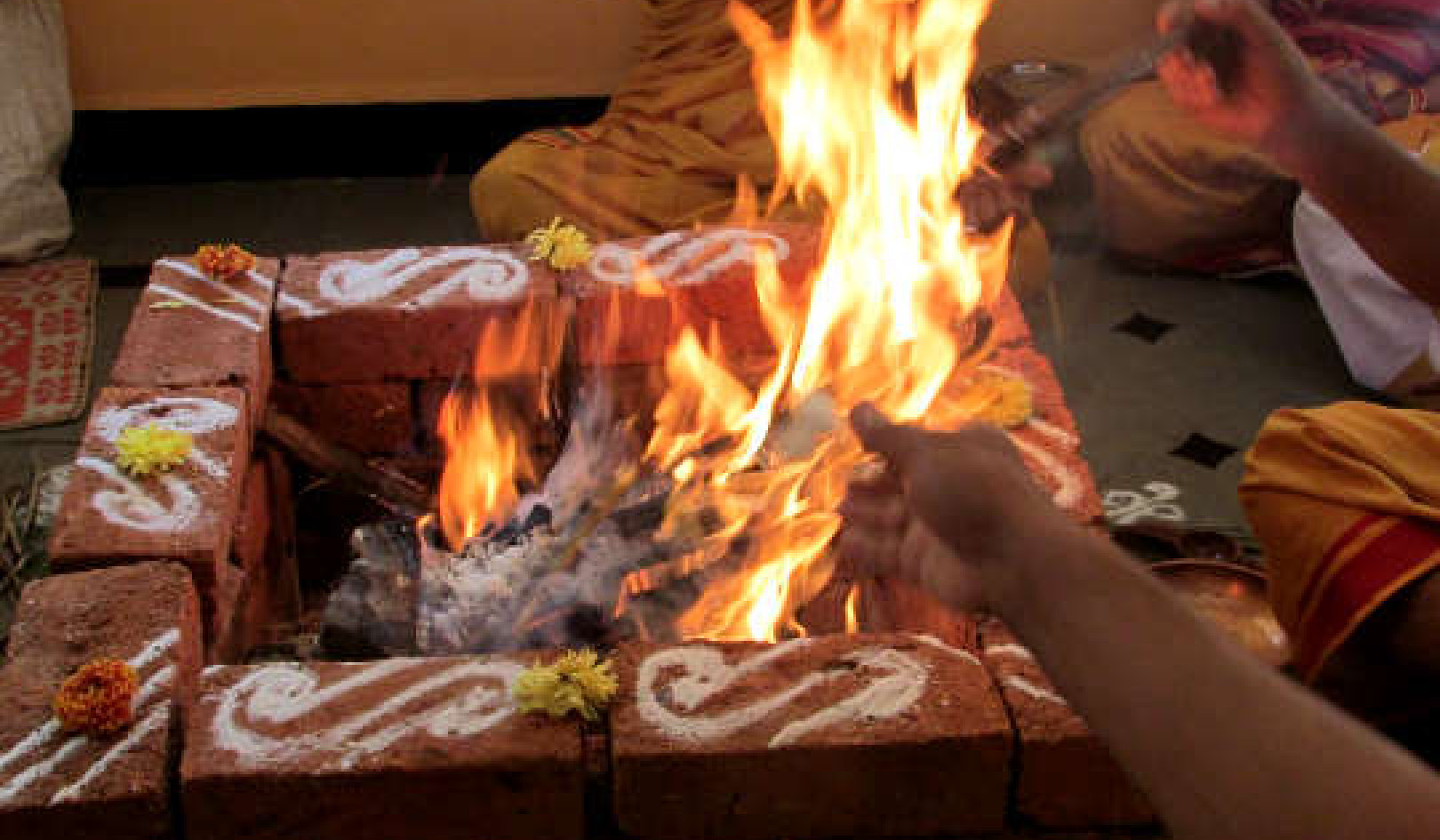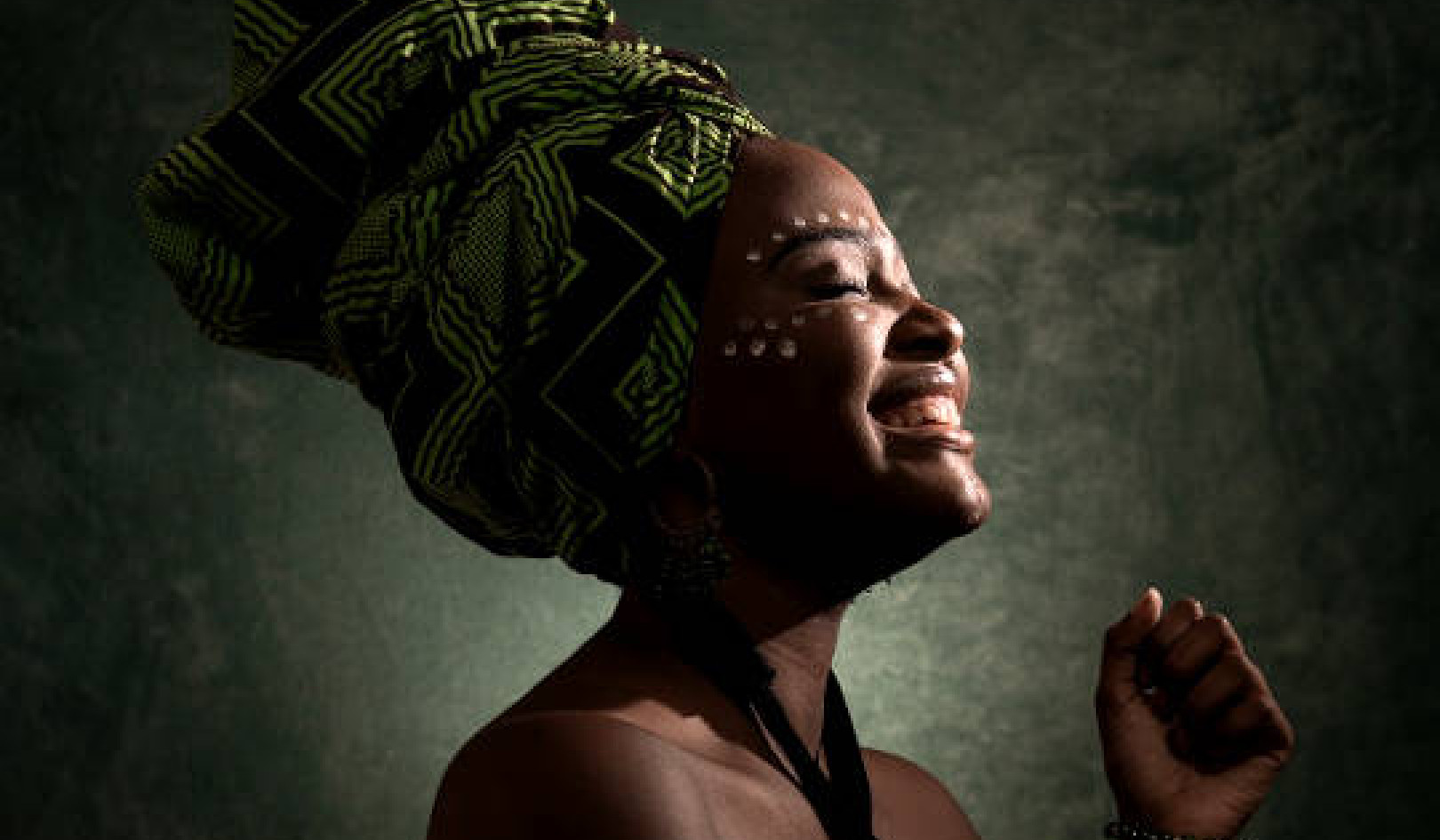
As children growing up in the modern world, we learn through our schooling and experiences of socialization to value concrete techniques of gathering and processing information. We are taught to analyze, classify, and deduce rather than intuit. We are urged to accept the overall, consensual agreement about the nature of reality as something akin to “what you see is what you get”: that the world is a tangible realm, most usefully described and understood in terms of dichotomy—something is either this or that, and rarely both at the same time.
When confronted with something that perplexes or confounds us, we tend to attribute our lack of understanding to not having enough facts or evidence, or we relegate it to the scrap heap of the supernatural. These are the modes of explanation available to us within the container of our standard worldview.
What we consider supernatural is that which escapes the boundaries of our worldview, that which leaps beyond the contours of our maps of the real world. These maps show no place for an unknown entity. It is as if we live on a map of a flat world, and if we go too far, we’ll fall off the edge into uncharted and dangerous waters.
In Western culture we tend to discount and disavow that which is ambiguous or paradoxical. It is the artists, poets, theologians, and philosophers among us who are most readily sanctioned by society to convey their sense of the world in other than rational, mechanical terms.
Expanding Our Worldview
Everyone is supported by his or her own worldview, and everyone is in bondage to it. On the one hand this perceptual filter makes it possible for us to live and behave in a more or less coherent, consensual way with the other human inhabitants of our local environs. Within its parameters, we can live together in general agreement as to the nature of reality. However, the price we pay for this general agreement is that we forget that our worldview, though capable of penetrating the deepest recesses of our consciousness, is neither the only truth nor the entire truth of reality.
To expand our worldview, we can take that flat, two-dimensional map and round it out into a sphere, like the shape of the earth, the sun and the moon, and the wheel of the seasons. We can include the mysterious and not have it banished to the netherworlds. There is no abyss to become hopelessly lost in; there is only the whole, where all things hold center place and what goes around comes back around, again and again. This shift in perspective can transform the supernatural into something multidimensional, where the mystery becomes approachable, but not at the cost of awe and wonder.
One evening over dinner in a restaurant, we enjoyed an animated conversation with friends as we described some of our research and explorations about the weather. When the waitress stopped by to refill our wineglasses, our friend Steve genially asked her if she had any interest in the weather—and if she had ever tried to influence the weather. She paused and then answered, “Maybe.” Shortly after returning with our meals she waved her arm expansively toward the large window and said, “Let there be rain!” We chuckled and went on to eat our dinner.
Ten minutes later we looked out the window and saw rain falling! Immediately we beckoned to our waitress, who seemed just as surprised. The rain shower was gentle and ended by the time we emerged from the restaurant.
What happened here? Even as we asked this question, we realized there could be no absolute answer, that mystery would prevail. The incident carried a spaciousness of ambiguity that could accommodate more than our normal worldview. We could look at this as an interesting coincidence, or we could view this moment from another perspective, another paradigm of reality, and find the possibility of a teaching from the spirits of weather: that weather hears and responds to us, and that weather is alive and in communication with us, though we may or may not intend it so.
New Worldview: We Are All Related
We affect the entire world, including the weather, by our relationship to it in countless ways, likely as much by what we do as by what we do not do. When we rigidly hold to a given worldview, when we are unwilling or unable to shift our perspective, we can exert an untoward effect on the outer world beyond our individual intentions, be they well meaning or otherwise.
What if we looked at the elements of weather with a worldview that told us we are related? The Yamana people of the Amazon region take notice of the particular weather that accompanies the birth of a child. In their worldview, an individual birthed during “good” weather may have a special connection to that kind of weather—an extra dose of relatedness—and will, at times, be asked to appeal to the “good weather spirits” on behalf of the community. Those born under “bad” weather conditions are carefully watched for episodes of unruly behavior, as such behavior may actually call in “bad” weather conditions. [Mindful of Famine: Religious Climatology of the Warao Indians by Johannes Wilbert]
Tamra Andrews writes in Legends of the Earth, Sea, and Sky:
We take nature’s power for granted. We see the sunrise and call it science; the ancients witnessed the same sunrise and called it a miracle. We have long lost touch with miracles. We no longer recognize the sacred. The ancients had an intimate relationship with the sky. They lived close to the land and they respected it, because they learned that given proper respect, the earth fulfilled their needs.
Our Ancestral Worldview Is Not Lost
Our ancestral worldview can surface in a longing for more personal experiences of the sacred. Perhaps we once heard a song in the wind and are listening for another. The power of a snowstorm to quiet a city’s doings or the overriding intensity of lightning and thunder may speak to places in our souls where we are longing for a fresh breath of chaos, and where the wildness of Nature enlivens our hearts. City parks can be our favorite places to visit, where we find animals to observe and trees to walk by or sit under.
In every sort of cultural background, our traditions originated from those in which we recognized and honored our kinship with the beings of all the domains of the earth, of the weather, of Creation. We did not see ourselves as apart from the body of our environs, for we knew that we belonged to the whole. We could be alone but not separate, yet to survive and thrive, we valued community and depended upon its life-enhancing interrelationships.
From the perspective of this worldview, we were able to enjoy and benefit from our sense of real kinship with the outer world as well as with the unseen spirit realm. And as with many, if not most, ordinary-reality families, some spirit kin we could relate to in an easier, more congenial fashion than others. Above all, we understood that every one of our acts, and even our thoughts, had some kind of effect in the world.
Living In Good Relationship With Our World
We are so engulfed by the worldview of our birth that as modern-day shamanic practitioners we have to struggle to wholeheartedly trust the reality of the numinous spiritual world our ancestors knew and related to so well. It is unlikely that the shamans from indigenous cultures were as perplexed or suffered in this way. Nonetheless, we can all set out to learn how to live in good relationship with our world, in our present evolution of self and times.
We need to know how to restore balance where it is so sadly lost. To bring to light what the compassionate spirits can teach us about how to conduct our lives in sustainable and harmonious ways, we begin by expanding and transforming our worldview into a more inclusive paradigm. It is an enormous challenge, and the stakes couldn’t be higher.
The weather is an ever-present portal to this end. Extreme weather events have an unerring way of shaking down the walls of our worldview and hence our perceived security. They fill us with awe—the kind of fear-inspired awe that can hurl us out of our comfort zone, away from the confines of our familiar preoccupations. In these moments we are capable of losing our preconceptions of the nature of things, and the opportunity awaits to enter into a spaciousness of being that is not normally available to us, if we manage to steer around fears of personal survival or loss of property. Our appetite for life is whetted, our sense of appreciation soars as we look at the world, each other, and ourselves with new eyes.
It is notable that in the aftermath of a calamitous storm so many people readily move into a place of compassion for one another, whether in villages or big cities. Thrust out of our normal realms of relating to the world, we enter into an expanded openness of the heart.
Consider the story of John Newton, captain of his own schooner and a slave trader. He and his ship’s crew, along with their cargo of suffering Africans, encountered a storm on the high seas, a storm so fierce and frightening that Newton gave up hope and communicated to his crew that they were all in the hands of the Almighty. But they survived that storm, and something drastically changed for John Newton. You might say his worldview shifted, because he renounced slavery altogether, became a Protestant minister, and gifted the world with the well-loved song Amazing Grace.
Shifting Our Awareness Affects The World Around Us
For thousands of years the shaman has deliberately set about to suspend, at will, the confines of ordinary worldview and, through experiencing that ecstatic state of oneness, has been able to bring back one more piece of the puzzle of the true nature of our cosmos. Each time any of us is able to experience this sense of unity, we touch upon a state of harmony and are changed.
The shaman well knows that any change or shift in our awareness affects the world around us, sometimes subtly and sometimes dramatically. Again and again, the shaman seeks experiences to bring on that fire of illumination, of brilliant awareness. For all of us, life itself in this middle world offers countless initiations and moments of ecstatic insight and feeling—if we can manage to relax our hold on our operative worldview.
We are trained to see only one worldview. Some cultures are trained to see only the other. It is our challenge and responsibility to learn that there is more than one worldview, to see beyond our socialization to what is really there. This truly is the expression of oneness that can help us to establish a working, sustainable relationship with life, with Nature, and with weather.
In a world that is struggling to survive our abuses and excesses, we need now more than ever to have people willing and able to heal the rift between Nature and ourselves. The worldview of shamanism provides us with an effective and profound way to reconnect with Nature and with the power and wisdom found in the spiritual world and to learn to live in harmony with all things and all beings on the planet.
Reprinted with permission of the publisher, Bear & Co.,
a division of Inner Traditions International.
©2008. www.innertraditions.com
Article Source
Weather Shamanism: Harmonizing Our Connection with the Elements
by Nan Moss with David Corbin.
 Weather Shamanism is about transformation--of ourselves, and thus our world. It is about how we can develop an expanded worldview that honors spiritual realities in order to create a working partnership with the spirits of weather and thereby help to restore well-being and harmony to Earth. Through a unique blend of anthropological research, shamanic journeys, and personal stories and anecdotes, Nan Moss and David Corbin show how humans and weather have always affected each other, and how it is possible to influence the weather.
Weather Shamanism is about transformation--of ourselves, and thus our world. It is about how we can develop an expanded worldview that honors spiritual realities in order to create a working partnership with the spirits of weather and thereby help to restore well-being and harmony to Earth. Through a unique blend of anthropological research, shamanic journeys, and personal stories and anecdotes, Nan Moss and David Corbin show how humans and weather have always affected each other, and how it is possible to influence the weather.
For more info or to order this book
About the Authors

 Nan Moss and David Corbin have been faculty members of Michael Harner’s Foundation for Shamanic Studies since 1995 and also taught courses at Esalen Institute in California and the New York Open Center. They have been researching and teaching the spiritual aspects of weather since 1997 and have had a private shamanic practice located in Port Clyde, Maine. (David passed away in 2014.) Visit their website at www.shamanscircle.com.
Nan Moss and David Corbin have been faculty members of Michael Harner’s Foundation for Shamanic Studies since 1995 and also taught courses at Esalen Institute in California and the New York Open Center. They have been researching and teaching the spiritual aspects of weather since 1997 and have had a private shamanic practice located in Port Clyde, Maine. (David passed away in 2014.) Visit their website at www.shamanscircle.com.




























